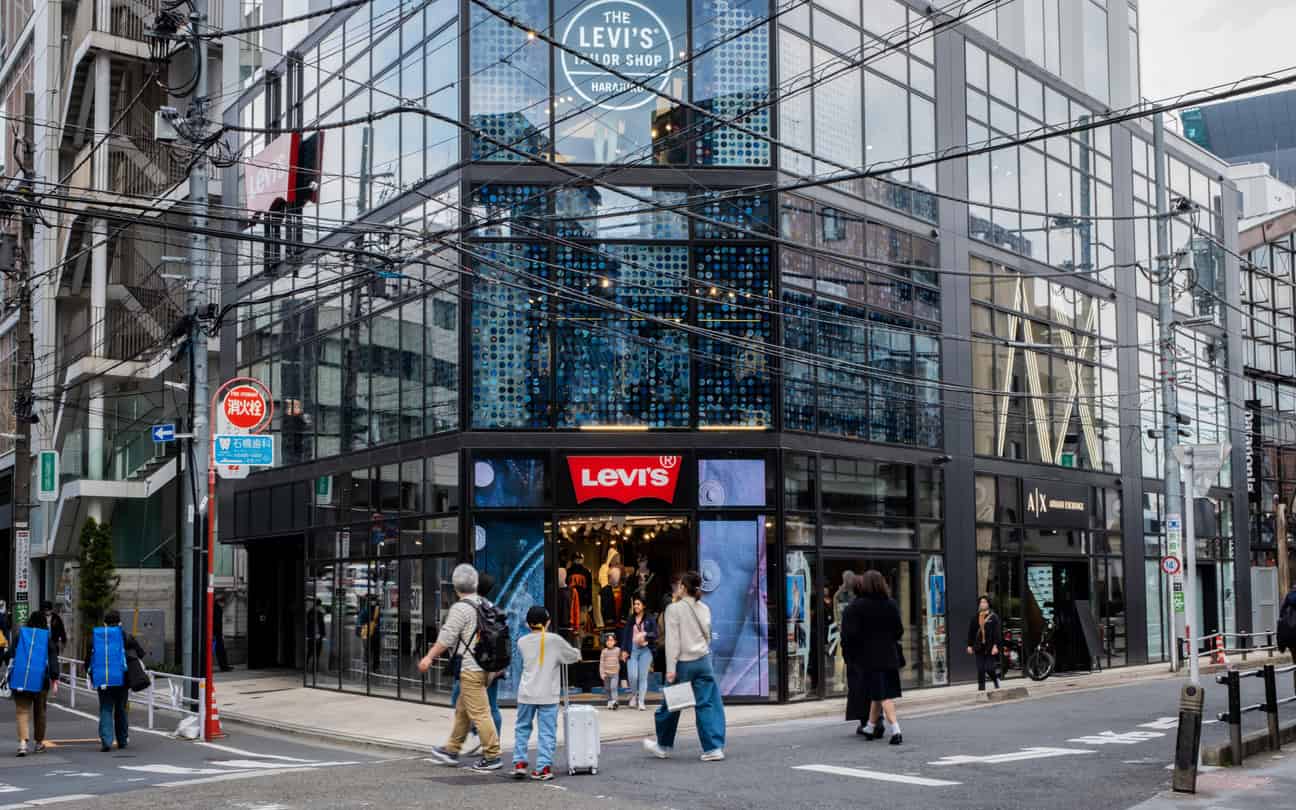
iStock.com/Jozef Durok
Will Levi’s Expansion Strategies in Southeast Asia Drive Success?
Levi Strauss & Co. is making significant strides in expanding its presence in Southeast Asia, leveraging its established markets in Japan, Bangladesh, and Thailand. With a focus on direct-to-consumer (DTC) strategies, product diversification, and sustainability, Levi’s aims to tap into the region’s diverse and growing consumer base.
Levi’s has been experiencing consistent global growth, especially with its NextGen stores, alongside eight consecutive quarters of positive results. According to Sameer Koul, general manager of Levi Strauss & Co. in Southeast Asia, this momentum is largely driven by the company’s DTC-first strategy. By prioritizing direct connections with consumers, Levi’s aims to enhance shopping experiences and expand its product offerings. The company plans to open additional DTC stores in Southeast Asia in the second half of the year, reinforcing its commitment to this approach.
“We will further lean into our DTC first strategy, which will enable us to build deeper and more direct connections with our consumers and help us in delivering immersive retail experiences to our consumers right where they shop. And as I mentioned earlier, as part of our DTC-strategy, we have operations in Thailand and [are] 100% owned and operated, which is testament to the strength of this strategy and the blueprint that we have set for ourselves in the region.”
Sameer Koul, general manager of Levi Strauss & Co. in Southeast Asia, via Retail Asia
Recognizing the diverse consumer preferences in Southeast Asia, Levi’s is actively tailoring its product portfolio to meet regional needs. This includes launching the performance cool line, designed specifically for hot and humid climates. Levi’s has also seen significant growth in its women’s apparel segment, with products like denim skirts, denim dresses, and jumpsuits experiencing double-digit increases in the first quarter, according to Koul. This diversification effort is part of a broader strategy to position Levi’s as a comprehensive lifestyle apparel brand, offering a wide range of products for different demographics and occasions.
Initiatives like the Levi’s Red Tab membership program further boost customer loyalty and engagement. These efforts are designed to build deeper connections with consumers and offer immersive retail experiences in key locations, such as Bangkok’s CentralWorld mall.
Levi’s is not only expanding its physical footprint but also enhancing its retail experiences through an omnichannel approach. Koul highlighted the importance of integrating online and offline shopping experiences, as many customers begin their purchase journey online before visiting physical stores. This seamless retail experience is supported by digital tools that monitor store traffic, sales performance, and customer satisfaction, ensuring timely and effective interventions to enhance customer engagement.
Sustainability remains a core pillar of Levi’s strategy. According to Koul, “Delivering profits through principles has been, is, and will continue to be part of our heritage.”
The company is committed to leading positive change in the apparel industry by moving toward more sustainable and circular products and practices. Revamped tailor shops, such as those at CentralWorld in Thailand, allow customers to repair their Levi’s cotton garments, promoting sustainability and self-expression. Levi’s sustainability strategy focuses on climate, consumption, and community.
Earlier this year, Levi’s cut approximately 10%-15% of its global corporate workforce. Furthermore, the company faces constant criticism for its international working conditions. Despite claiming a commitment to ethical supply chains, Levi’s opted not to sign onto the International Accord for Health and Safety in the Textile and Garment Industry in 2021, arguing adherence to existing guidelines such as those from the International Labour Organization (ILO). This decision is contentious because the Accord offers legally enforceable mechanisms that hold brands accountable, unlike voluntary ILO measures.
By abstaining from the Accord, Levi’s avoids comprehensive oversight and accountability across its supply chain, particularly in countries beyond Bangladesh where labor violations persist. This selective approach limits Levi’s responsibility to address health and safety issues in factories, undermining its professed commitment to ethical practices amid ongoing concerns about worker welfare and regulatory compliance.
Additionally, according to Remake, a global advocacy organization in the clothing industry, “As of 2020, Levi’s reported 50% of their South Asian factories and 57% of their North Asian factories had experienced health and safety issues. Not signing onto the Accord limits Levi’s responsibility to act on enforcing corrective measures in these factories.”
Looking ahead, Levi’s plans to further solidify its position as a leading lifestyle apparel brand in Southeast Asia. Per Koul, the company sees significant market opportunities in categories such as skirts, dresses, and tops.
Discussion Questions
In what ways can Levi’s balance its ambitious expansion plans in Southeast Asia with its commitment to sustainability and ethical practices, especially considering its decision not to sign onto industry-leading initiatives like the Accord?
Given Levi’s significant growth in the women’s apparel segment and its tailored product offerings for Southeast Asia, how might these regional strategies influence its global branding and product diversification efforts?
